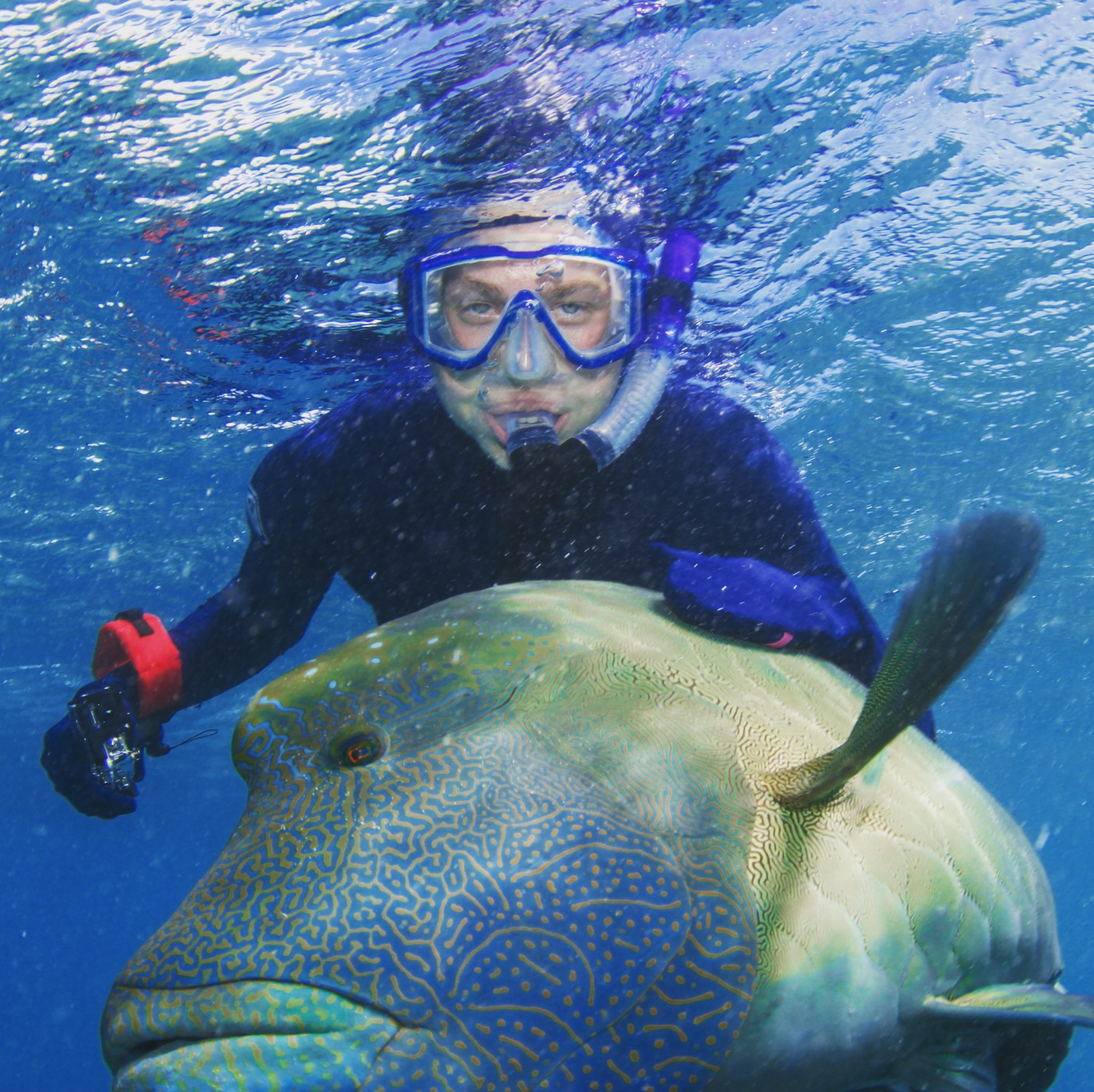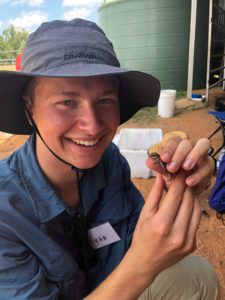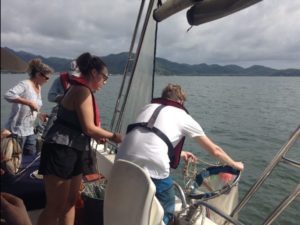How to Study Abroad as a STEM Major


Studying abroad was something I always wanted to do, and I knew Australia was the place for me. I have always been in love with Marine Biology, and that is what I decided to major in. The next step in my path to becoming a Marine Biologist was to study abroad in a place that could introduce me to a brand-new marine world: I chose Australia. That is also why I chose James Cook University, so that I could learn at a leading university in Marine Biology. Having completed the applications, the preparations and the packing, it was time for me to head to the Land Down Under.
After a grueling 24 hours of traveling, I was ready to learn what Australia
could teach me about the ocean and the life within it. I lived and researched there for nearly five months, and these are some tips from my experience for studying abroad in Australia as a STEM major.
Get to Know Your City/Region

With only one semester to explore, it can be a little overwhelming to really get to know Australia. The first thing to do is start small. You’ll be based in a particular city and region for most of your time abroad, so it would be wise to get to know it (plus there are many cool things that would interest a STEM major). This is also a great way to meet the locals and really immerse yourself in the culture. I studied in Townsville, a city in northern Queensland. I took a tour of the city on one of my first days, and that really helped me get my bearings. I got to see the beautiful Magnetic Island (home to northern Australia’s largest wild koala population), check out the highly reviewed Reef HQ Aquarium and even visit the local wildlife sanctuary: Billabong Sanctuary. There was more to see just outside Townsville, though. For example, I was able to hike through the rainforest in Paluma Range National Park (where I saw a wild platypus), swim in the refreshing Crystal Creek and visit the magnificent Wallaman Falls. So, while Australia may seem too big to explore, there is so much to do right on your doorstep!
Take Stimulating Classes

Even though much of study abroad is about getting out and exploring, there is still life at school to consider. While this may feel less fun and exciting to a lot of people, there are countless opportunities to make this a great experience as well. One of the easiest ways to do this is by selecting exciting classes. Australia offers vast numbers of classes that include field work and lab work, and it would be a great benefit to take advantage of this. For example, three of my classes included field work. In my Functional Biology of Marine Organisms class, I was able to go to a reef flat and take a transect of it to obtain a simple species composition of the flat. I was able to travel on a boat into Cleveland Bay and sample the water column for dozens of plankton species in my Biological Oceanography class. We also got to analyze these samples in the lab and ultimately produce a report on it. Finally, my Australian Terrestrial Diversity class took us into the Outback to catch and identify dozens of local species, teaching us realistic sampling methods used in the field.
Look for Volunteer Opportunities
Another great way to beef up your STEM resume abroad is to volunteer. I had the
opportunity to volunteer for a graduate student who needed assistance on his research project. His project revolved around local stingrays, and he needed students to help him catch, identify and take blood/tissue samples of them. I got to spend 8 hours in the shallow inlet in Lucinda catching stingrays, which was one of my favorite memories abroad. I also learned a lot about them, including how handle them safely and identify various species. I would highly recommend volunteering for projects of interest while abroad because it just might turn out to be one of your best decisions.
See the Reef

Finally, my last piece of advice would be to see the famous Great Barrier Reef (GBR). Even though visiting the reef is pretty standard practice, I emphasize it because of how unique this is to Australia. The GBR is a vast network of barrier reefs spanning the Queensland coast, and each site offers ecological diversity and a variety of activities. I snorkeled/dove on three separate reefs: Hardy Reef, Saxon Reef and Lodestone Reef. Each time I encountered something new. At Hardy Reef, I was able to have the most personal experience with marine life I’ve ever had. A massive Maori Wrasse came up to me and let me pet it. It was one of the most amazing experiences I’ve ever had. While diving at Saxon Reef, a Hawksbill Sea Turtle swam right up to me and checked me out from about five feet away. The two of us sat in the
water for about a minute, just enjoying the presence of one another.
Finally, Lodestone Reef offered some of the most beautiful corals I have ever seen. The vibrant colors popped against the bright blue water and I felt like I was momentarily living in another world. If you are afraid of being underwater or being surrounded by fish, there are other options for exploring this magnificent place, like the helicopter and glass-bottom boat tours that are offered at some locations. Regardless, check out this fantastic and awe-inspiring natural phenomenon that Australia is lucky enough to call its own.
Ryan P. | Marine Science/Biology student | University of Alabama | James Cook University Partnership, Townsville | Fall 2018